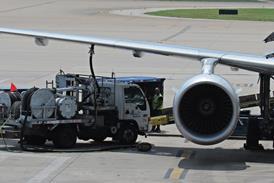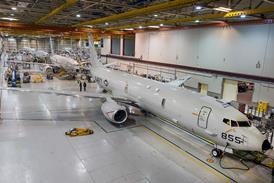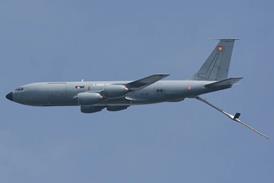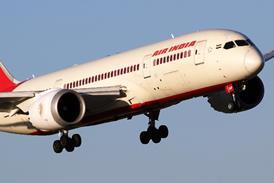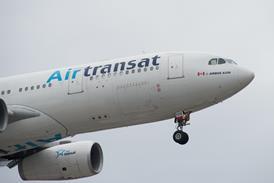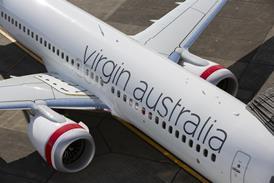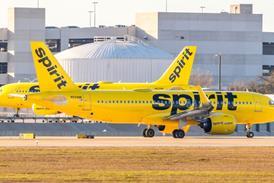Lawmakers in the US Congress may step in to save the US Air Force’s Boeing’s E-7A acquisition programme from bureaucratic dissolution.
Although defence officials from the Trump Administration have publicly expressed scepticism about the Boeing airborne early warning and control (AW&C) jet, Congress appears poised to overrule them on the matter.
A clause included in a draft version of the USA’s annual defence authorisation bill would prohibit the Pentagon from terminating its E-7A rapid prototyping programme with Boeing or attempting to shut down production of the airborne early warning and control jet.
“None of the funds authorised to be appropriated by this act or otherwise made available for fiscal year 2026 for the Department of Defense may be obligated or expended to terminate the mid-tier acquisition rapid prototype contract for the E–7A aircraft; or to terminate the operations of, or to prepare to terminate the operations of, a production line for the E–7A aircraft,” the text reads.
The Trump Administration has subsequently rebranded the US defence agency as the Department of War, though the previous moniker still carries legal weight, as the name change was not sanctioned by Congress.
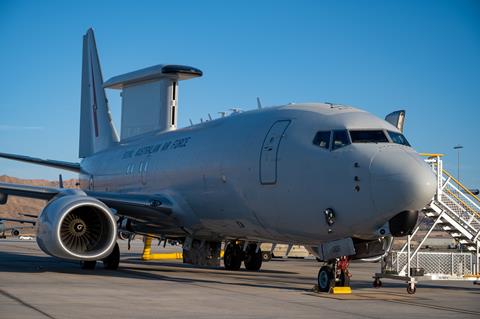
Lawmakers from the House of Representatives and US Senate are meeting to agree upon a final version of the latest NDAA, which does not include fiscal appropriations but is used by Congress to influence policy at the Pentagon.
President Trump must must sign the bill for it to become law.
NDAA legislation is often used to restrict divestments of military hardware like aircraft, sometimes over the objections of Pentagon brass.
This year, lawmakers in the House signalled they will seek to block the US Air Force from retiring certain Boeing KC-135 tankers, while separately forcing the service and Boeing to develop a plan for addressing design flaws in the newer KC-46A refueller.
In the past, Congress has blocked sought-after retirements of the Fairchild Republic A-10 attack jet.
The E-7A may now be on a similar trajectory.
In June, a senior Pentagon official involved in drafting the fiscal year 2026 defence budget told FlightGlobal the Trump Administration hopes to cancel the E-7A programme in favour of a new space-based system, which has yet to be developed.
Boeing defence chief Steve Parker has downplayed that risk to the company, suggesting a space-based alternative for the AEW&C mission is far from ready for active service.
Existing plans call for a USAF fleet of 26 E-7s, with Boeing already under contract to deliver two rapid prototypes by 2028.
Boeing is preparing to deliver the first of three E-7As to the UK Royal Air Force this year, with active service starting in 2026. That example made an appearance at the annual Royal International Air Tattoo in July.
NATO headquarters also plans to acquire six of the AEW&C jets to replace its current fleet of E-3s, although those plans are now somewhat in doubt, owing to uncertainty around Washington’s plans for its own E-7A programme.

